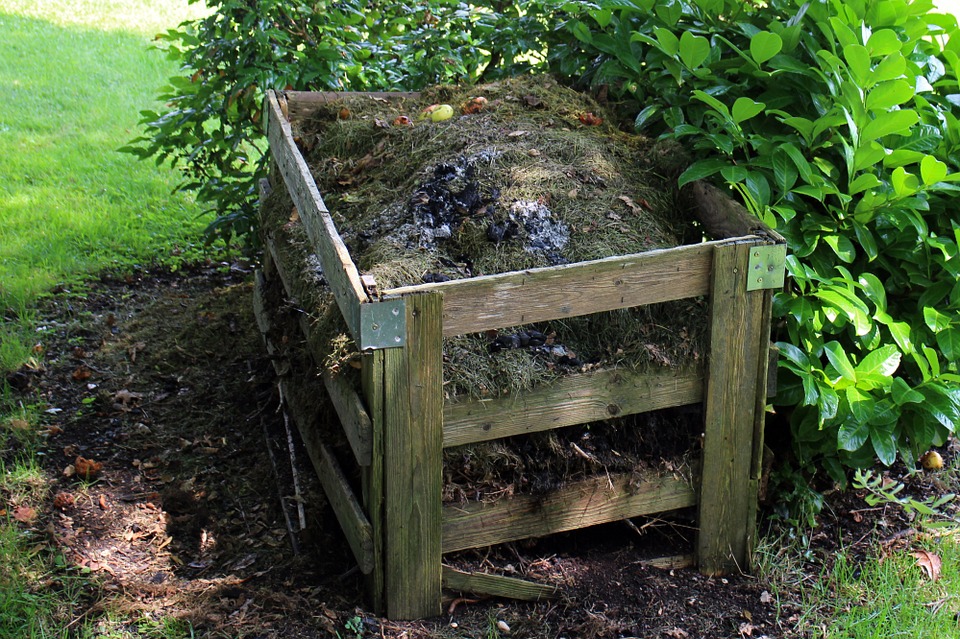
Students will:
- Review the relationship between compost and healthy plants.
- Test different soil compositions.
- Document and hypothesize test results.
- Compost (add one part worm compost to three parts compost)
- Three containers, labeled: “1 Compost,” “2 Compost/Soil,” and “3 Soil”
- Seasonal seeds that sprout easily for planting in the containers (beans, sunflowers)
- A sample of soil and compost mixture
- Plants to Compost Worksheet – PDF
Activity Preparation
- Set up workstations with materials for small student groups.
Review the Roles of Compost
- Review that compost improves soil by helping it hold water and adding nutrients for plants.
- Ask
- What is compost made of?
- Why do we use compost in the garden?
- Present different types of compost and soil mixtures and prompt students to use their senses to observe the samples.
- Ask
- Why might certain soils be better than others?
- Why do we add compost to soil?
Plants to Compost
- Show students the containers with the different labels, “1 Compost,” “2 Compost/Soil,” and “3 Soil”.
- Help students fill the plant containers with soil and compost according to the labels on the containers.
- Assign a student to place three seeds in each of the containers. Each student waters the containers until they are soaked.
- Students use their Plants to Compost worksheet to document contents in each container, including the types of seeds planted, amount of compost, and type of soil.
- Ask:
- What do you think will happen to the seeds in the different containers and why?
- Which seeds will grow the fastest and why?
-
Students keep the worksheets so they can document the changes they observe in each container over time. Students fill in the section, Tracking Growth, in the Plants to Compost worksheet. Assign a student monitor for each container to report back to the class next time you meet.
Student Reflection
- Check back in with students every week to see how they are doing tracking the growth of their plants in each container.
- Are there seeds sprouting? How many? Do they have leaves? How many? What’s the difference between plant growth, if any? Why do you think there’s a difference?
- The _________ seeds will grow the fastest.
- The __________ seeds will grow the slowest.
- The __________ container has the healthiest soil.
Academic Standards
Science & Engineering Practices
Planning and carrying out investigations in 6-8 builds on K-5 experiences and progresses to include investigations that use multiple variables and provide evidence to support explanations or solutions. Conduct an investigation to produce data to serve as the basis for evidence that meets the goals of an investigation. Make observations and/or measurements to produce data to serve as the basis for evidence for an explanation of a phenomenon or test a design solution. Test two different models of the same proposed object, tool, or process to determine which better meets criteria for success
Ask a question about what would happen if a variable is changed.
This lesson is part of the Berkeley Unified School District's Gardening and Cooking Program curriculum.




